Science: Natural Science
Elizabeth Slade Hirschfeld
Ida Henrietta Hyde
Ida Henrietta Hyde was a pioneering physiologist in the late nineteenth and early twentieth century. While Hyde was best known for creating a microelectrode that could sample and manipulate individual cells, she was proudest of her work to support other women scientists.
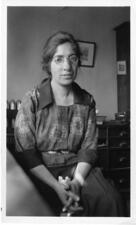
Libbie Henrietta Hyman
Libbie Henrietta Hyman spent her career researching and writing the definitive texts on invertebrates, a monumental effort. Hyman transformed her love of the soft creatures to texts that brought her international recognition as an expert on invertebrates and as the world authority on flatworms.
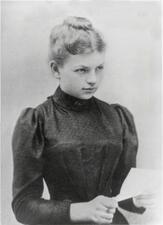
Clara Immerwahr
The first woman to be awarded a doctorate in physical chemistry at a German university, Clara Immerwahr’s her achievements were long overlooked by male-dominated university circles. Immerwahr committed suicide in protest of her husband’s involvement in the implementation of gas attacks during World War I. Recognized only posthumously, her name has become linked with moral responsibility in science.

Joyce Jacobson Kaufman
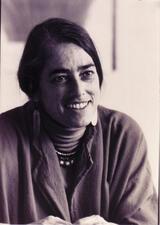
Evelyn Fox Keller
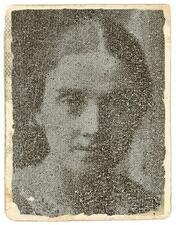
Helene Khatskels
As a member of the General Jewish Workers’ Bund, Helene Khatskels fought to realize socialist ideals about autonomy and liberation. As a Yiddish teacher and writer in Tsarist Russia and later the Soviet Union, she demonstrated a commitment to spreading and inspiring pride in Yiddish culture.
Irene Caroline Diner Koenigsberger
A distinguished chemist credited with discovering the molecular structure of rubber, Irene Caroline Koenigsberger refused to patent her work, making her discovery available to all. She was also an important figure in the Washington, D.C. Jewish community, cofounding Temple Sinai and the B’nai B’rith Hillel at George Washington University.
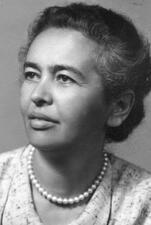
Malka Kolodny
Malka Fisz Kolodny served as one of the first teachers in pre-State Palestine. She taught subjects ranging from basic literacy to chemistry and biology and encouraged, counselled, and supported her students, staying in touch with them for years.
Gertrud Kornfeld
Gertrud Kornfeld was the first woman scientist to receive an academic appointment at the University of Berlin, having been appointed lecturer in physical chemistry in 1928. After being dismissed in 1933, she eventually made her way to the United States, where she became a researcher for the Kodak Company in New York.
Frances Krasnow
Frances Krasnow helped bring scientific rigor to dental medicine through her research into oral biochemistry and microorganisms. A graduate of Barnard College, Columbia University, and the Teachers Institute of the Jewish Theological Seminary, Krasnow would eventually receive recognition for being a pioneer in both science and Jewish education.
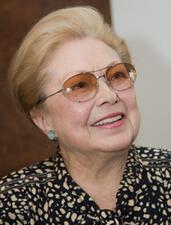
Mathilde Krim
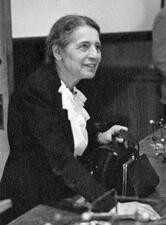
Lise Meitner
Lise Meitner’s influential work concerning radioactivity in the early 20th century made her a target of the Nazis. She fled to Sweden in 1938, and it was there that she discovered the power of the fission reaction. Even though Meitner never worked on nuclear weapons, her 1939 research was essential in the research of nuclear power.

Hélène Metzger
Hélène Metzger was a French historian of chemistry and a philosopher of science, whose work remains influential today. Her independence and drive brought her great recognition, despite the lack of credibility given to her as a woman.
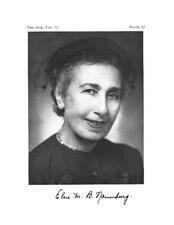
Elsie Margaret Binger Naumburg
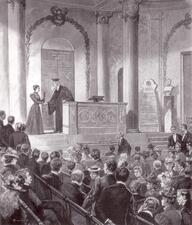
Elsa Neumann
Elsa Neumann was the first woman to receive a doctoral degree from the University of Berlin. She became prominent in Berlin’s scientific community, carrying out research for the newly established airship industry. In 1900 Neumann established a highly successful association that gave grants to female students.
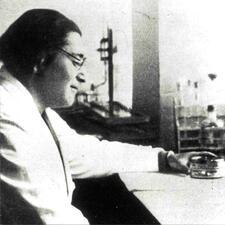
Berta Ottenstein
A pioneer in skin biochemistry and dermatology, Berta Ottenstein became the first woman lecturer in the Medical Faculty at the University of Freiburg in 1931. Two years later she was forced to flee Germany and begin her scientific career anew. After occupying research positions at the universities of Budapest and Istanbul, she received a research fellowship at Harvard University in 1945.
Lydia Pasternak
Born in Moscow into a family of highly successful artists, Lydia Pasternak made a name for herself in both scientific and literary realms. She worked as an assistant to American neurochemist Irvine H. Page in Munich and later became the preeminent translator of her brother Boris’s poetry while living in Great Britain.
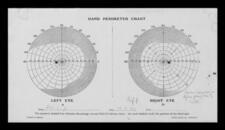
Ursula Philip
Ursula Philip was a German geneticist whose work was interrupted by the Nazis’ rise to power but achieved prominence after fleeing to Great Britain.
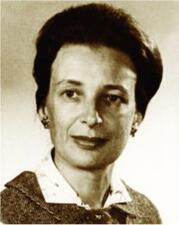
Judith Graham Pool
Judith Graham Pool was a physiologist whose scientific discoveries revolutionized the treatment of hemophilia. Pool isolated factor VIII and created a concentrate made from blood plasma that could be frozen, stored, and used by hemophiliacs in their own homes.
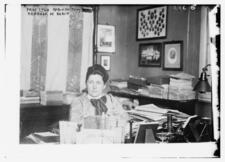
Lydia Rabinowitsch-Kempner
An outstanding bacteriologist and a leading figure in the feminist movement of women scientists in Germany in the first three decades of the twentieth century, Lydia Rabinowitsch-Kempner was a pioneer among women scientists, an exception among the first generation of women scientists in her combination of career and family.
Reproductive Technology, New (NRT)
New reproductive technology has provided the solution for problems of infertility for hundreds of thousands of couples. For halakhically observant Jews, especially in the pro-natal state of Israel and in general in the post-Holocaust era, this technology has been a blessing but has also created a multitude of halakhic problems.
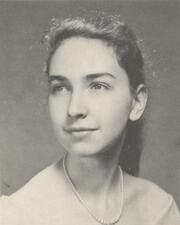
Ora Mendelsohn Rosen
Despite her tragically short career, Ora Mendelsohn Rosen was a brilliant research physician and leading investigator of how hormones control the growth of cells. One of the few female members of the National Academy of Sciences at the time, Rosen’s biochemistry work fundamentally shaped our understanding of diabetes and cancer.
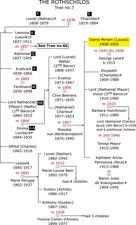
Bethsabée Rothschild
Bethsabée (Hebrew: Batsheva) de Rothschild, the scion of a well-known philanthropic family, helped support numerous activities in the United States and Israel, especially dance, music, and science.She created the Batsheva and Bat-Dor dance companies and was awarded the Israel Prize in 1989 for her special contribution to Israeli society.

Dame Miriam Rothschild
Dame Miriam Rothschild was a renowned British natural scientist who published over 300 scientific papers throughout her lifetime, making groundbreaking contributions to the fields of entomology, zoology, marine biology, and wildlife conservationism. In 1985 she was made a Fellow of the Royal Society and credited for her work in the histology, morphology, and taxonomy of fleas.


